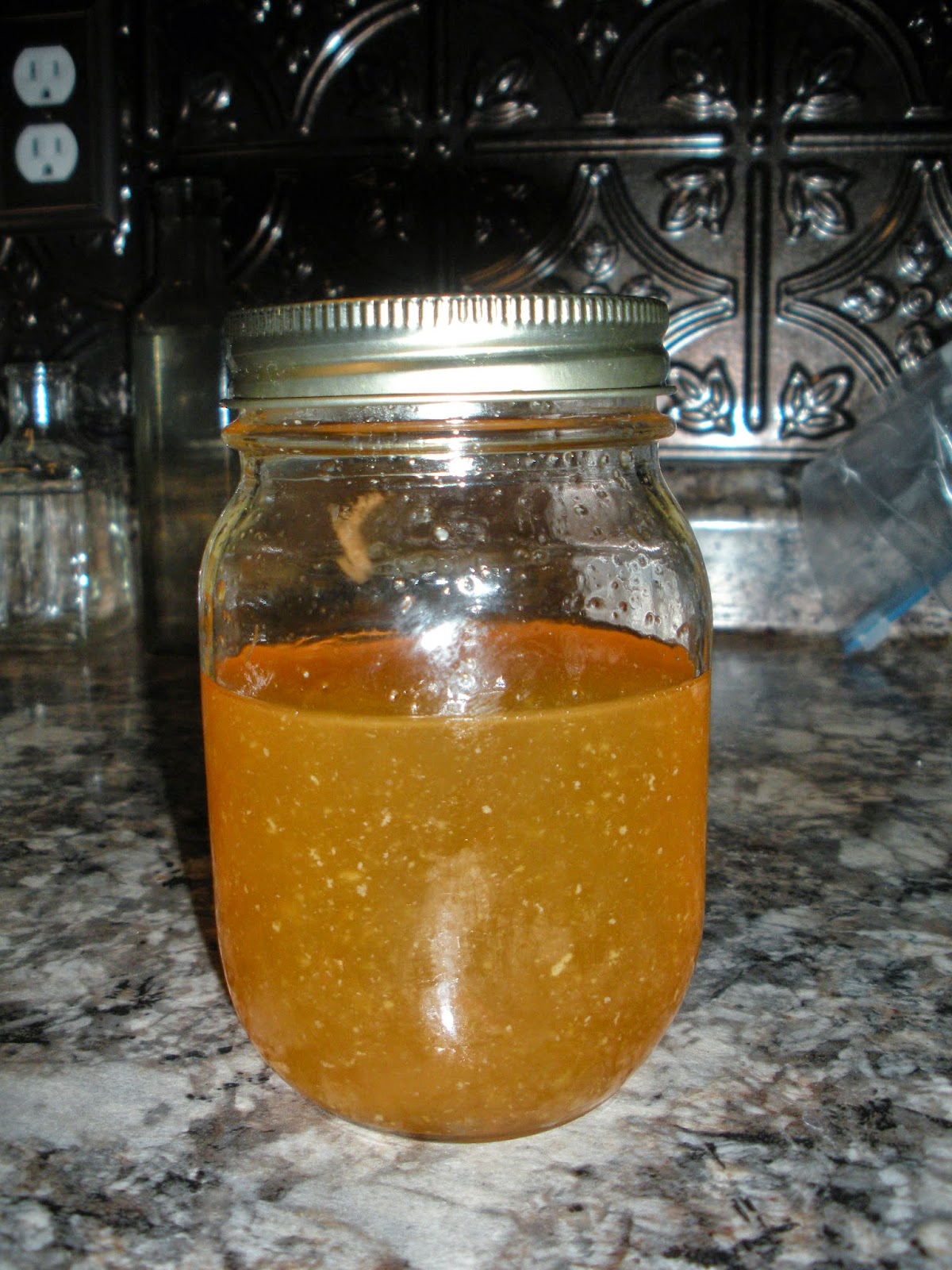Throughout history, housewives and housekeepers have kept a close eye on their budgets and found creative ways to pinch pennies while providing delicious and nutritious food. Create a dish that interprets one historically-documented method of frugal cooking.
In the 19th century, the social pressure to live to the highest extant of your means was tantamount and the mode of entertaining didn't help. The recipe books and household advice manuals stepped in. Almost all include recipes that call for "cold meat or cold fish", meaning left-over from a previous meal. Cry-Fedd coins a new name, second dressing, for just such dishes. And a favorite, Mr. Kemp Philp, wrote an entire book devoted just to the topic.
With so many recipes from which to choose, I looked for recipes that included ingredients I usually have left over. This time of year, apples are in abundance and I often buy more than I can process. Oops! I enjoy pork, but in a household of one, a package will last for several meals. I'm not so fond of ale, but often have cider left over. I tweaked the recipe to include a frugal use of left over cider, rather than buying ale I wouldn't other wise drink. I had to "call a friend" for an opinion on which modern cut of meat would come closest to "fat bacon." We agreed bacon-sliced fat back would work best and the pepper crust would season nicely. It did season nicely, and she gets to use the remainder for a recipe of hers. Sharing is frugal, too.
The Recipe:
From: The Family Save-All, a system of secondary cookery by Robert Kemp Philp, 1861, page 47
A Medley Pie, of Cold Roast Meat and Apples, Leicestershire Fashion.
Cut some Apples into quarters, take out the core (preserving the pips, and sticking them into the pulp); cut thick slices of cold fat Bacon, and any sort of cold roasted meat; season with pounded ginger, pepper, and salt; put into the dish a layer of each, and pour over the top a large cupful of ale; cover the dish with a paste made with dripping or lard; bake until nicely browned.
The Date/Year and Region:
Britain and United States, 1864
How Did You Make It:
I was brave enough to try making a paste from scratch.
I gathered the ingredients: cold roast pork, soaked fat bacon, and prepared apples.
I began layering as the recipe instructs.
I seasoned with salt, a bit of pepper, and ginger.
I added the apple cider and covered with paste.
Into the oven it went at 350* for about 20 minutes.
An hour at most.
Total Cost:
Left overs!! so I only bought the fat bacon specially, roughly $4.00
How Successful Was It:
The fat bacon was more than my modern texture palette would stand, but the rest was incredible. If I made this again, I'd likely add in some potatoes and onions as well. Oh, that paste tasted awesome. Maybe didn't look pretty enough to serve at a dinner with guests, but the taste was terrific.
How Accurate Was It:
I consider it very much in the spirit of the challenge and close to the recipe.













